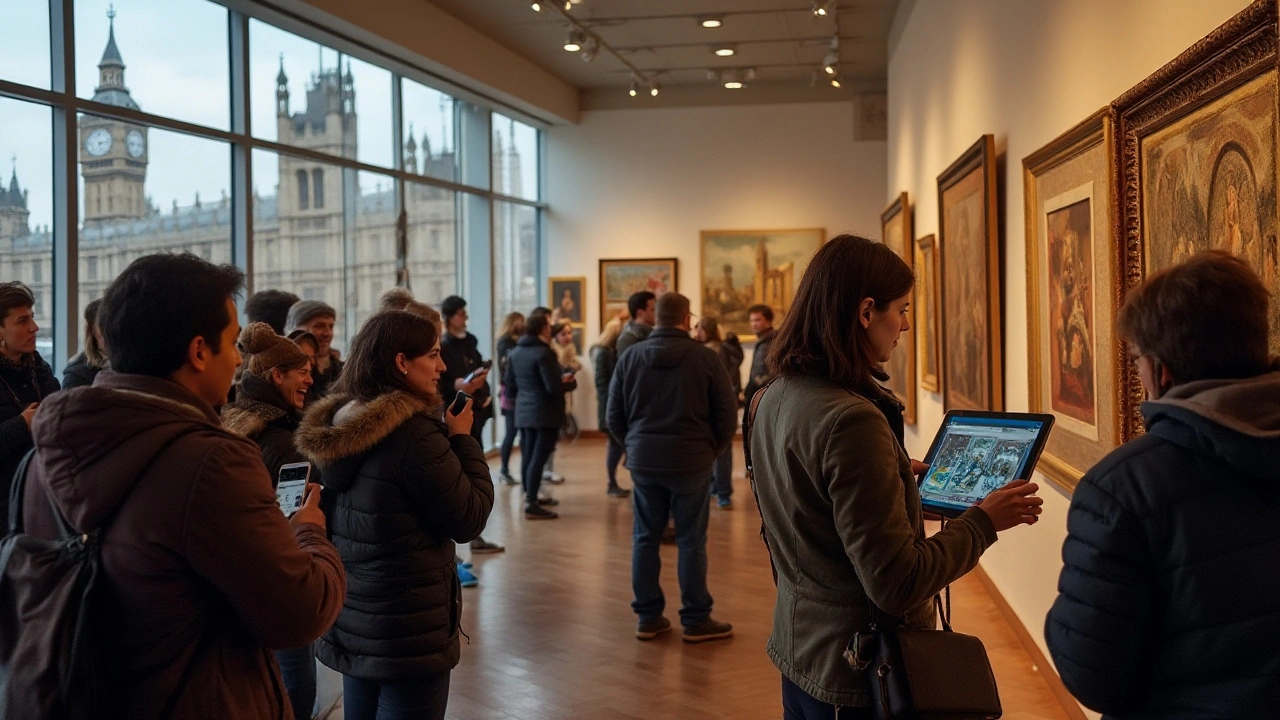Digital artists: practical tools, workflows, and next steps
Are you a digital artist trying to level up or wondering where to start? This page cuts through the noise with concrete, usable advice: what tools to learn, how to build a portfolio, where to find gigs, and simple habits that improve your work fast.
Tools & workflows that actually help
Start with one main program and get comfortable. For painting: Procreate (iPad) or Photoshop. For vector work: Adobe Illustrator or Affinity Designer. For 3D: Blender. Pick the one that fits your goals and finish projects with it. Switching between too many apps slows you down.
Set up a consistent workflow: sketch, block-in color, refine, add details, finalize. Use layers and labels. Name your files with dates and briefs so you can find older work quickly. Back up to a cloud drive or a cheap external SSD—losing work kills momentum.
Brushes matter less than control. Learn a few brush behaviors: opaque hard edge, soft blend, texture brush. Practice pressure and tilt if you have a stylus. Spend time on anatomy, lighting, and edges instead of hunting for the perfect brush pack.
Build a portfolio people actually look at
Show 8–12 of your best pieces, not everything you’ve made. Lead with variety that proves you can solve problems: a character, an environment, a product mockup, and a stylized piece. Each item should have a short caption: tools used, client brief (if any), and what you did. That helps clients see your process and fit.
Use a clean site or platforms like ArtStation, Behance, or a simple Squarespace page. Make sure your contact info is easy to find and include a clear commission or hire note.
Want steady work? Pitch small first. Offer a low-risk test piece for new clients or do a paid mini-project. Short, clear proposals beat long portfolios in cold outreach. If you’re freelance, learn to write a one-paragraph offer: what you’ll deliver, timeframe, and price range.
Keep learning in public. Post process clips or time-lapses on Instagram, TikTok, or YouTube. Short videos attract attention and show your method—clients like that. Use tags smartly: mix broad tags with specific ones (example: #digitalartists #characterdesign #cyberpunk).
Price with tiers: quick sketch, detailed illustration, and full package (source files + revisions). Track hours for a few projects to understand your real rate. Raise prices when demand outpaces availability.
Finally, join communities. Discords, Reddit groups, and local critique circles speed growth. Ask for specific feedback: color, silhouette, or read-through—people give better notes when you ask for one thing.
If you follow these steps—pick tools, solidify a workflow, craft a tight portfolio, post process work, and join communities—you’ll see steady improvement and more opportunities landing in your inbox.

